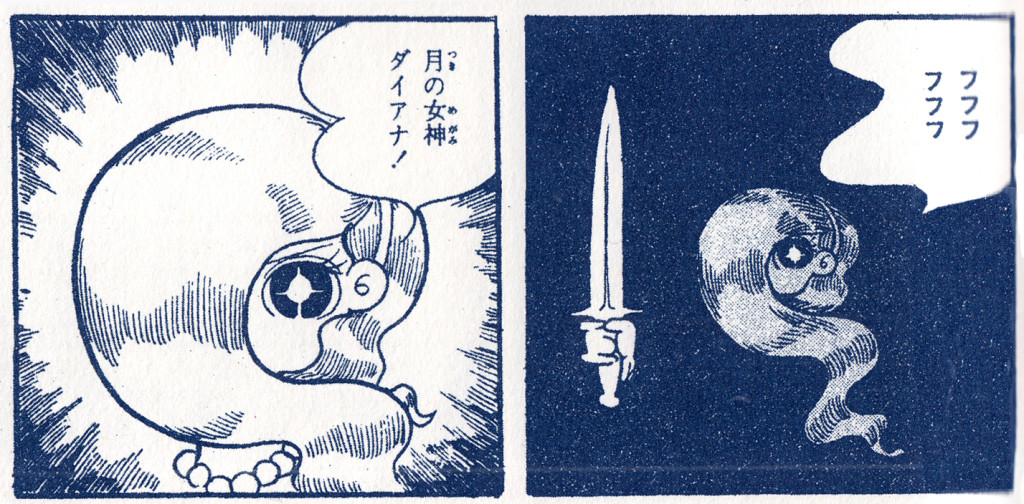
Now available from publisher Thames and Hudson, “Comics: A Global History, 1968 to the Present,” written by Alexander Danner and me.  The book covers the period from, roughly, 1968 to 2010, with an  introduction providing some background on the development of comics around the world (focusing mainly on Europe, Japan and the U.S.) during the post-war era through the mid-60s.  Here are some excerpts and expanded material, including some great images that couldn’t fit in the book. Text in italics is directly from the book.
Delving into the history of shÅjo manga was one of the most exciting parts of researching/writing this book.  The revolutionary material produced in the 1970s by the “Year 24 Group” — the first major wave of women mangaka — was a culmination of aesthetic and thematic developments of the previous 50 years.  I don’t think the term “genre,” as we generally use it, fits here; for me, shÅjo manga, as it has evolved, embodies a broad, complex aesthetic category, one that can accomodate many genres — maybe we can call shÅjo a gender of manga (regardless of the biological gender of its creators or readers — see ItÅ, KimiÅ, When a “Male” Reads ShÅjo Manga).
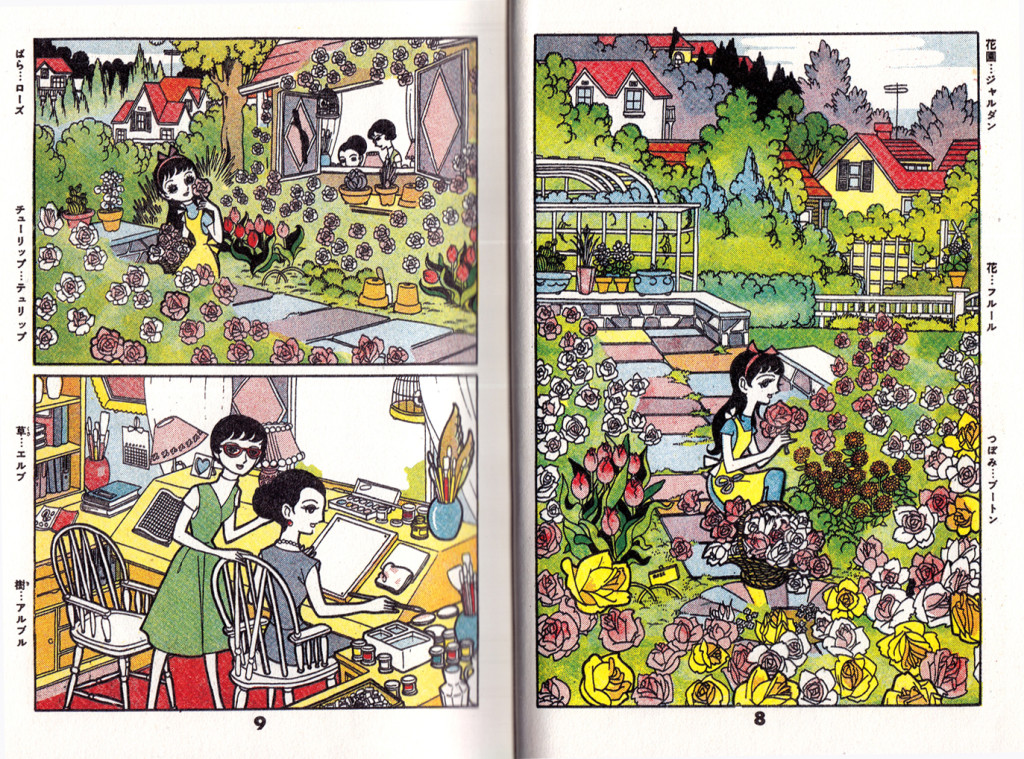
Shouo represents an example of the power of a marginalized aesthetic, one of those cases in popular culture where a form designed to reinforce a power structure (in this case the gender roles of girls and women in Japan), can expose the conflicts and contradictions within that structure and have a destabilizing effect.
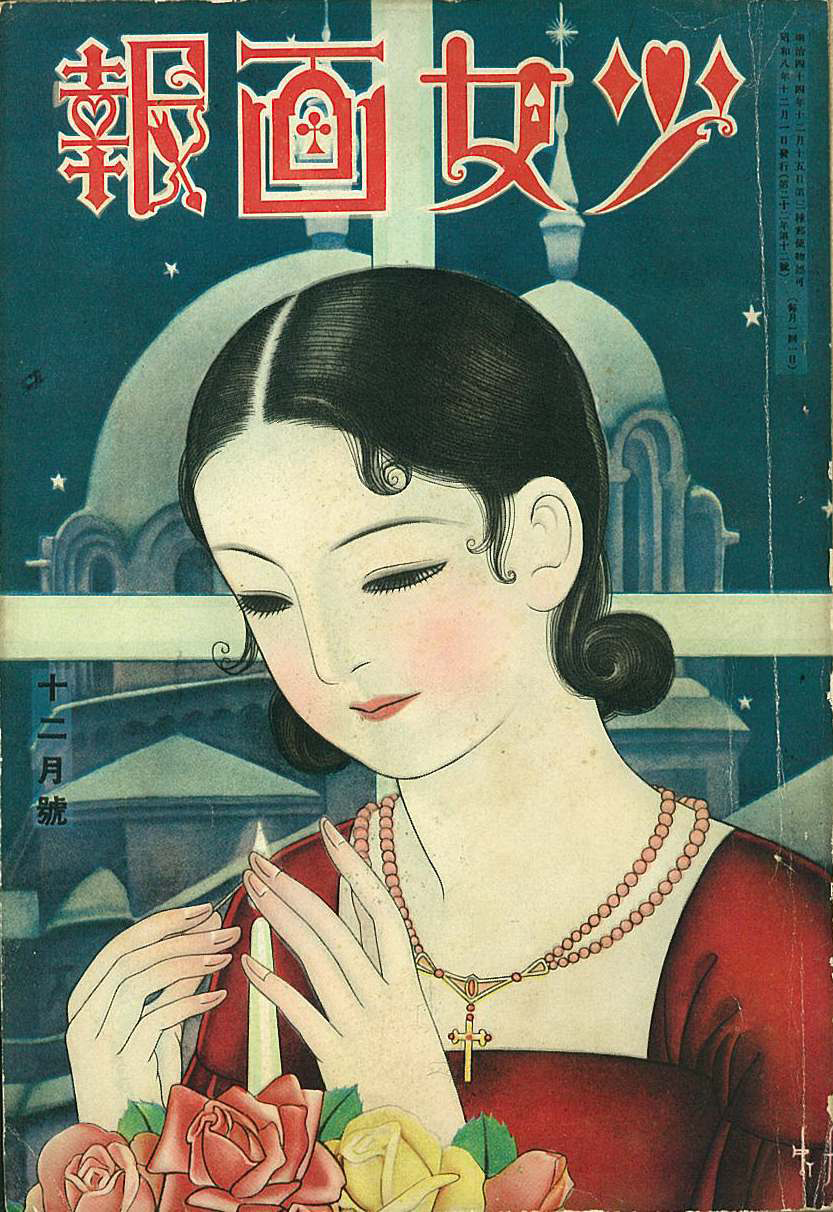
Pre-war shoujo shÅsetsu (shÅjo novels)
In the pre-Second World War period, when most Japanese comics had been aimed at very young readers, the main vehicles for popular culture designed for adolescent girls had been shÅjo literary magazines and novels. This material reinforced prevailing notions of proper feminine roles and characteristics in Japanese society, which was extremely restrictive. Heterosexual romance was rarely depicted; the literature focused primarily on the all-female world of girls’ schools, and on female friendships, often in a dreamy and flowery literary style (the term shojo carries connotations of cloistered maidenhood, not captured by the usual translation as “girlâ€).
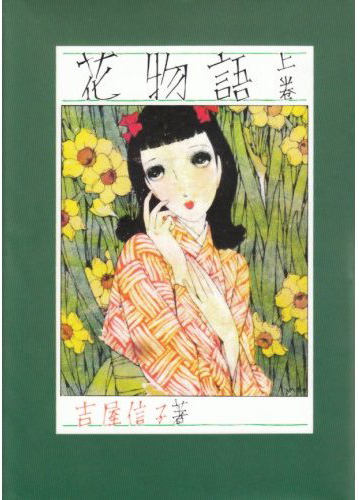
ShÅjo shÅsetsu was, for the most part, “highly formulaic and didactic, inculcating the cardinal virtues of girlhood.”(1)  But this literature, while ostensibly supporting the  proscribed role of girls and women in the broader society, could also express rebellion against it.  One of the most popular writers in the genre was Yoshiya Nobuko (1896-1973), who lived openly in a romantic relationship with another woman for more than 50 years and whose shÅjo writing  reflected her sexual politics. 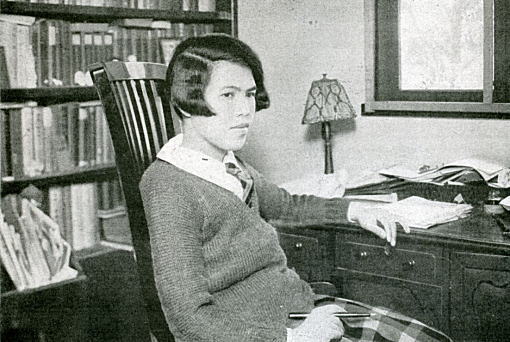
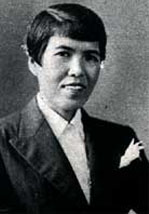
The Japanese girls schools of the day were intended to steer young shÅjos toward “the dream of becoming happy future brides, isolated from the real-life public world outside the family.”(2)  But Nobuko’s work, “defying masculine domination and feminine submission…, constructs two radically opposed universes: on the one hand, the dreamy, fantasizing world of young girls, where they carry out their amorous intrigues, elevated by their purity and erotic beauty. … On the other, the adult world, where young girls become women, torn from their universe of innocence by men and confronted with a painful reality…. Homosexual love, idealized and constructed on a basis of equality between the two lovers, is constantly opposed to heterosexual love, which can only be built on the subjugation of women by men.”(3) The style of illustration that accompanied these stories, known as jojo-ga (å™æƒ…ç”»), “lyrical drawing,†matched the tone of the prose. Lyric painting and illustration depicted women and girls of  slender, ethereal beauty.  The eyes, in particular, were emphasized: the large, liquid eyes suggested deep inner emotions; this treatment of the eyes would become an essential characteristic of shÅjo manga.
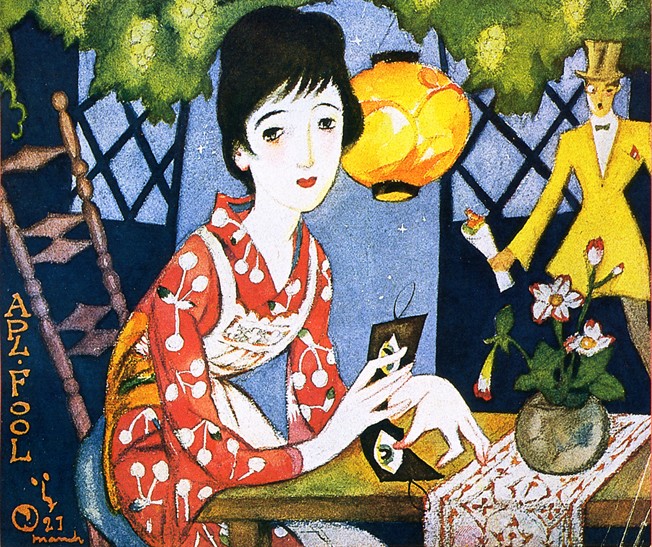
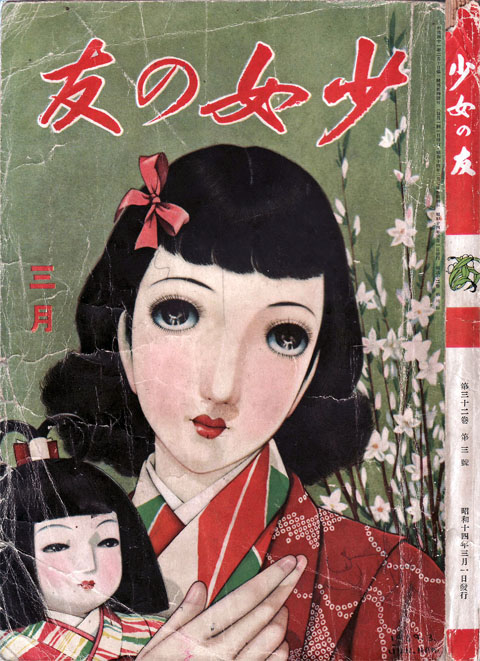
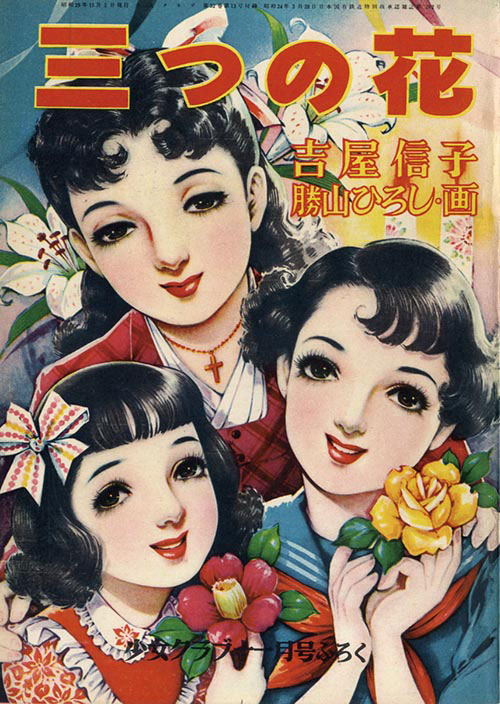
Takarazuka Kagekidan
The other pop-cultural phenomenon that should be noted in the “pre-history” of shÅjo manga is the popular Takarazuka Kagekidan theatre company, founded in 1913. The  company put on lavish musical spectacles full of action and romance, with women playing all the roles, including the “male” heroes. Some members of the company — known as otoko yaku — specialized in playing the male roles, essaying them with macho swagger.  The company was especially popular with female audiences; some women reportedly sent love letters to their favorite otoko yaku performers.
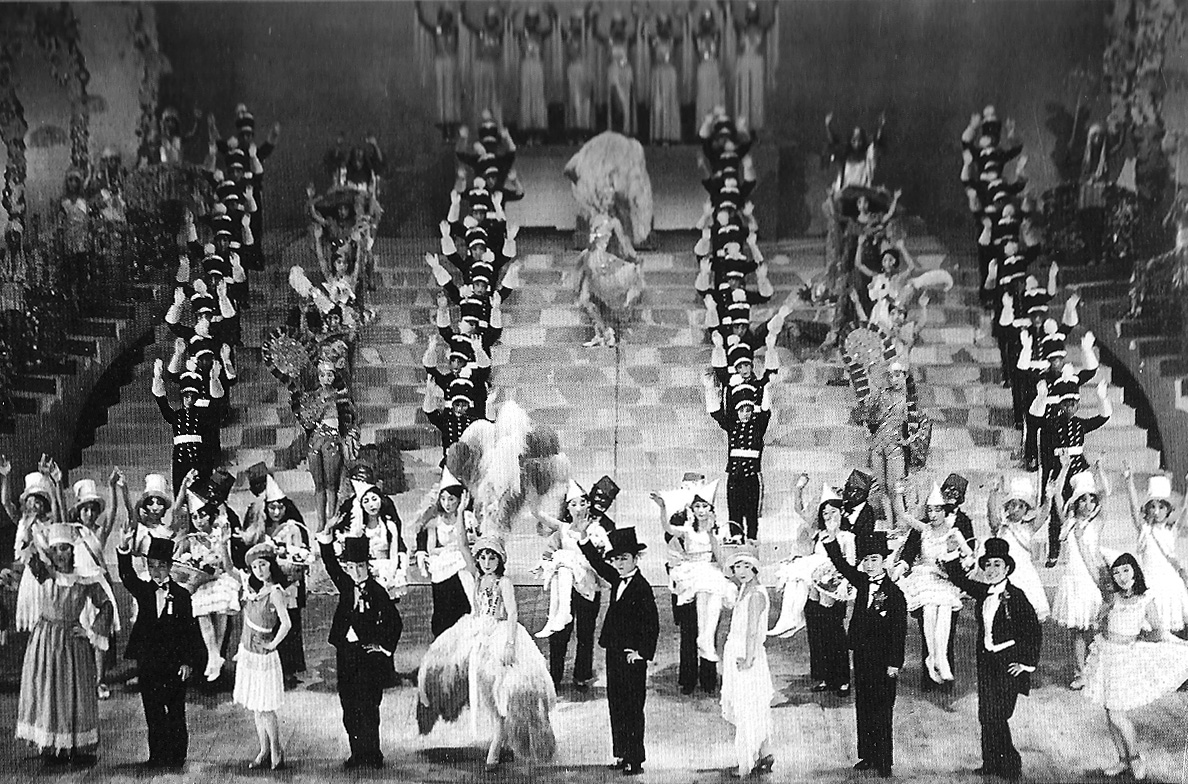
This spirit of spectacle, adventure, and gender masquerade, was perhaps an influence on one of the earliest examples of shÅjo manga — Nazo no Clover (Mysterious Clover) (1934) by Katsuji Matsumoto, in which a young girl dons Scarlet Pimpernel-like disguise to fight wicked nobles. Â
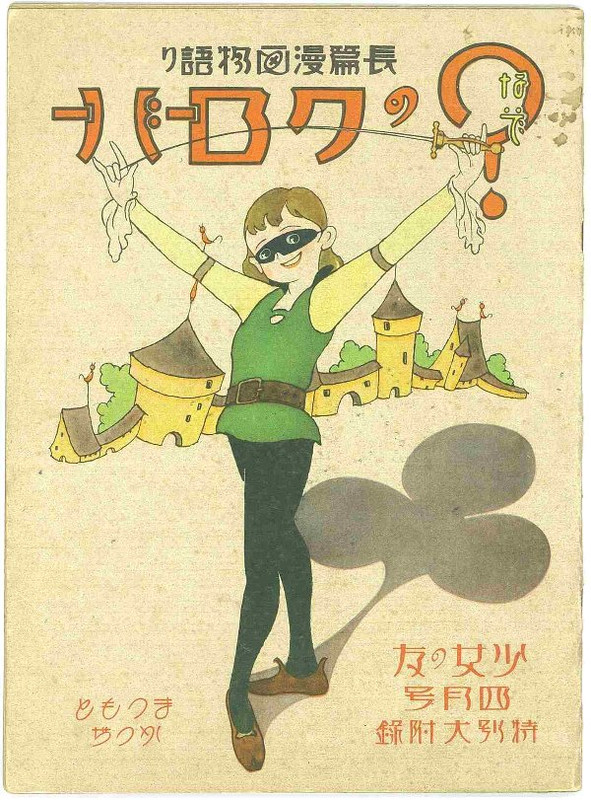
More notably, the Takarazuka revue was a definite influence on Osamu Tezuka, who lived in the city of Takarazuka where it was based, and was a fan of the troupe. Tezuka’s Ribon no kishi (Princess Knight) (1953), an epic tale of a princess who is accidentally given both female and male “hearts” in heaven before birth, represented the most sustained narrative in the shÅjo form and gave shÅjo manga a huge boost in popularity.
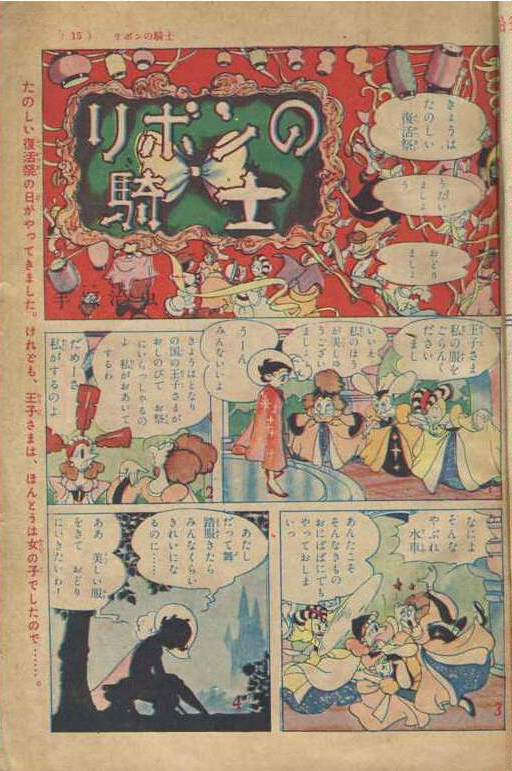
With themes and atmospherics deriving from Takarazuka, Ribon no kishi was stylistically in line with the Disney-influenced, dynamically paced manga that Tezuka had been producing in the shonen field for the previous six or seven years, with little relation to the tradition of lyric illustration. The Tezukean style would  be a major current in shÅjo manga for the next several decades, as would the gender-shifting and masquerade themes inspired in part by the Takarazuka revue.
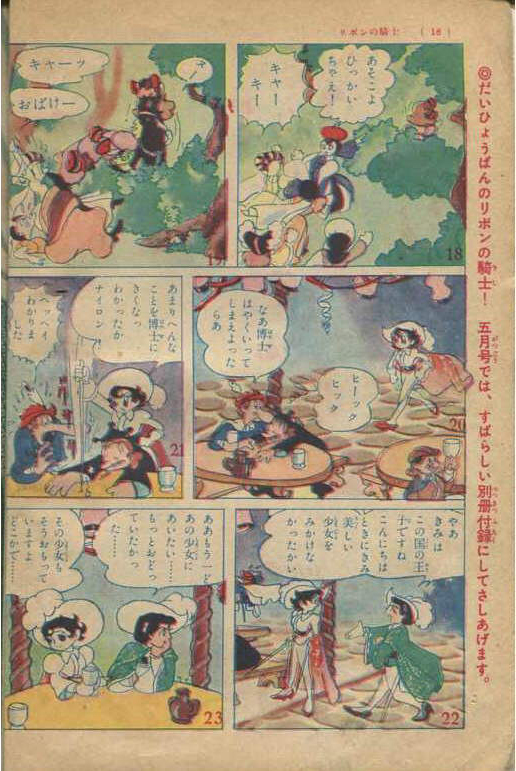
Macoto Takahashi
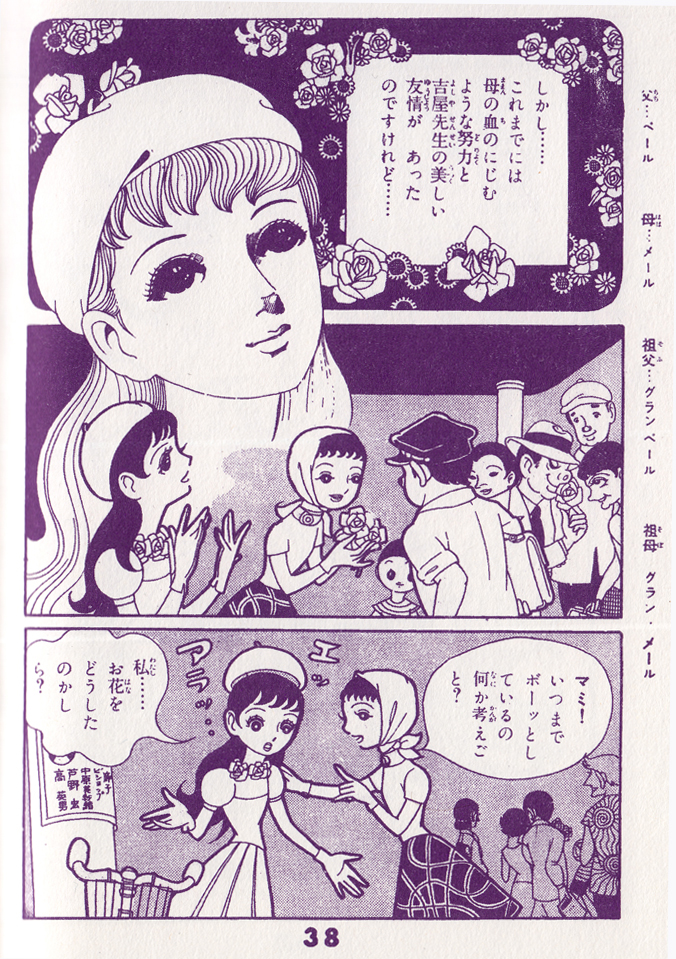
Macoto Takahashi, Paris-Tokyo, 1959: the dreamy face, existing outside of the panel grid, defining the comics narrative in terms of emotion rather than panel-to-panel sequence, is a typical, early shÅjo manga innovation of Takahashi’s.
The jojoga aesthetic, meanwhile, was carried forward by other shÅjo artists, especially Macoto Takahashi. Though Takahashi’s work appeared in the early gekiga anthology Kage (1956; see previous post), he would be primarily known as a shÅjo manga artist; he brought the dreamy, lyric style of art to the medium, developing comics-specific narrative techniques that grew from the delicate, emotion-driven content of shÅjo literature (such as the “style figure” and  other devices that paved the way for the collage-like page composition that would become characteristic of shÅjo manga in the 1970s).
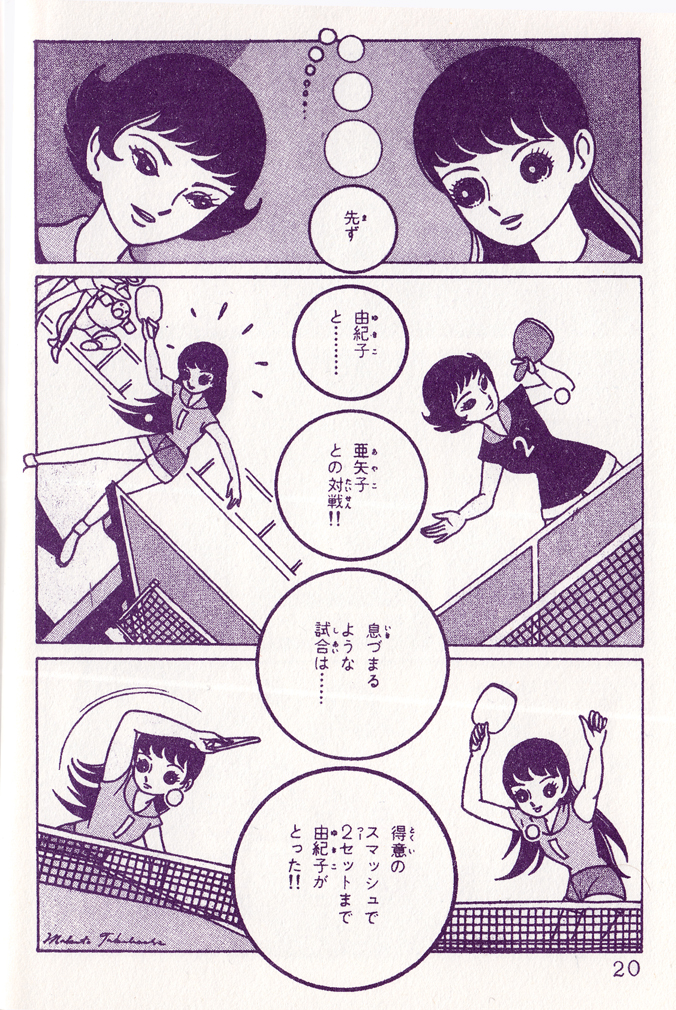
Sakura namiki (The Rows of Cherry Trees) (1957) is firmly in the tradition of shÅjo shosetsu, an almost painfully sensitive meditation on friendship, set in a girls school.  Though structured around two excitingly staged ping-pong matches, the manga dwells almost entirely in the realm of emotions and subtle social interaction. The protagonist, Atsuko, after losing in a match to the older girl she loves, suffers the suspicions of her schoolmates that she’s lost on purpose and wonders if she truly understands her own motives. Much emphasis is put on ambiguous glances and shifting emotions; the atmosphere is suffused with beauty and chaste tristesse.
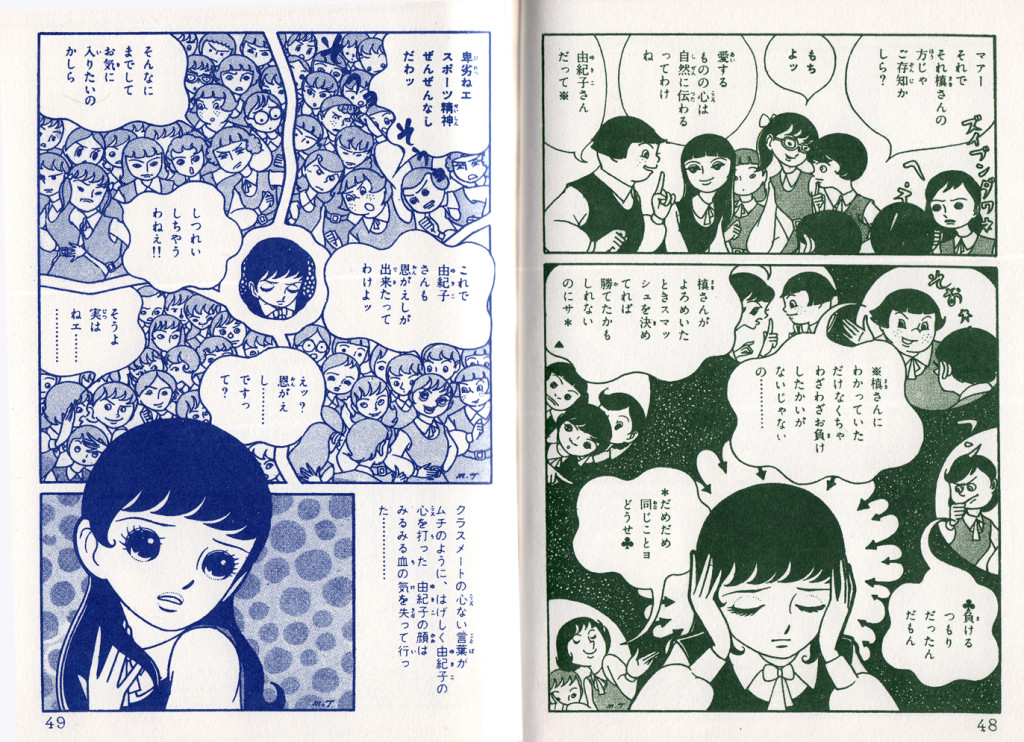
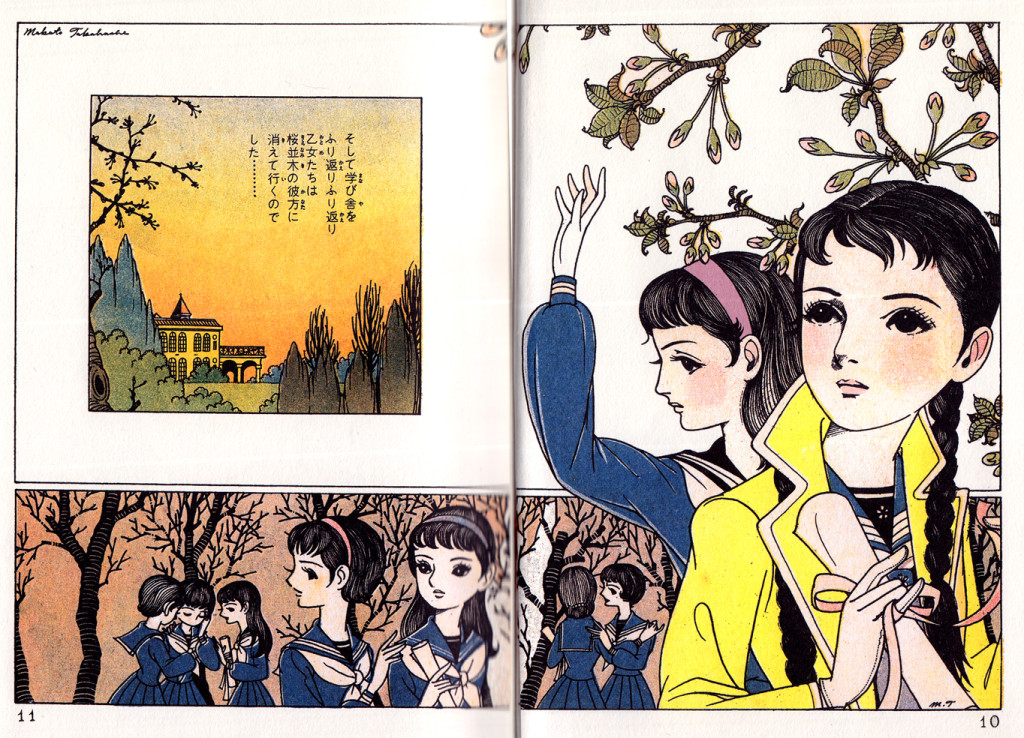
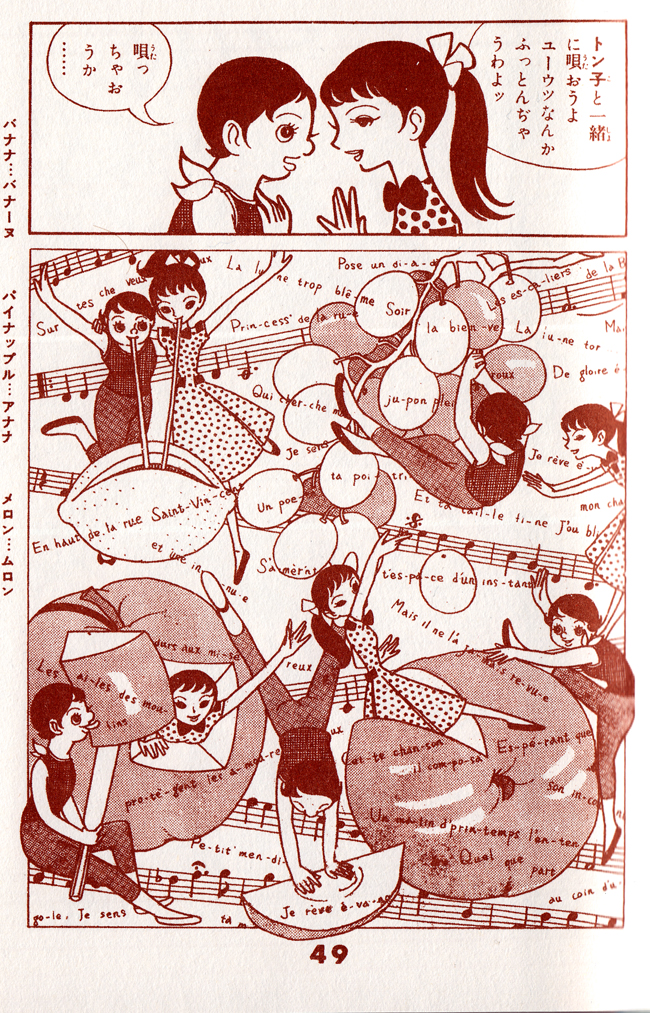
Miyako Maki
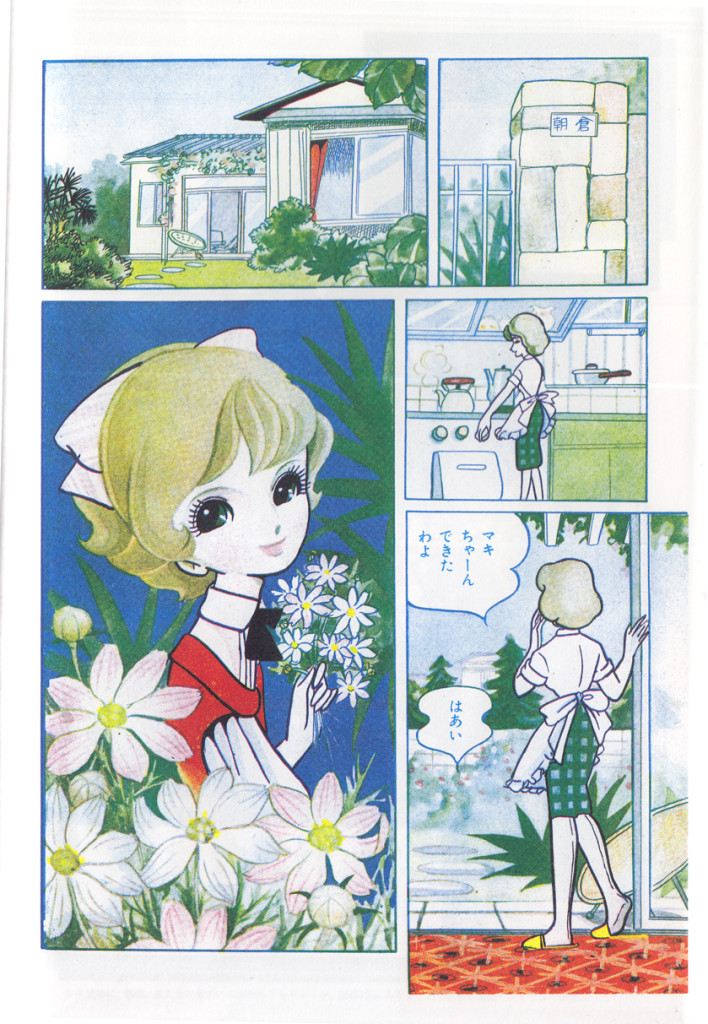
Maki was one of the handful of pioneering women manga creators of the late 1950s and early 1960s. Following Takahashi’s lead, she continued the tradition of the lyric style in shÅjo manga. Â Maki’s Whistle (1960) is voluptuously sentimental, a mother-daughter love story set in the world of ballet and film, with emotions flowing through the large expressive eyes of the characters. Maki was another important artist in the development of the archetypal shÅjo approach to page layout, often emphasizing feelings and atmosphere over forward-driving narrative.
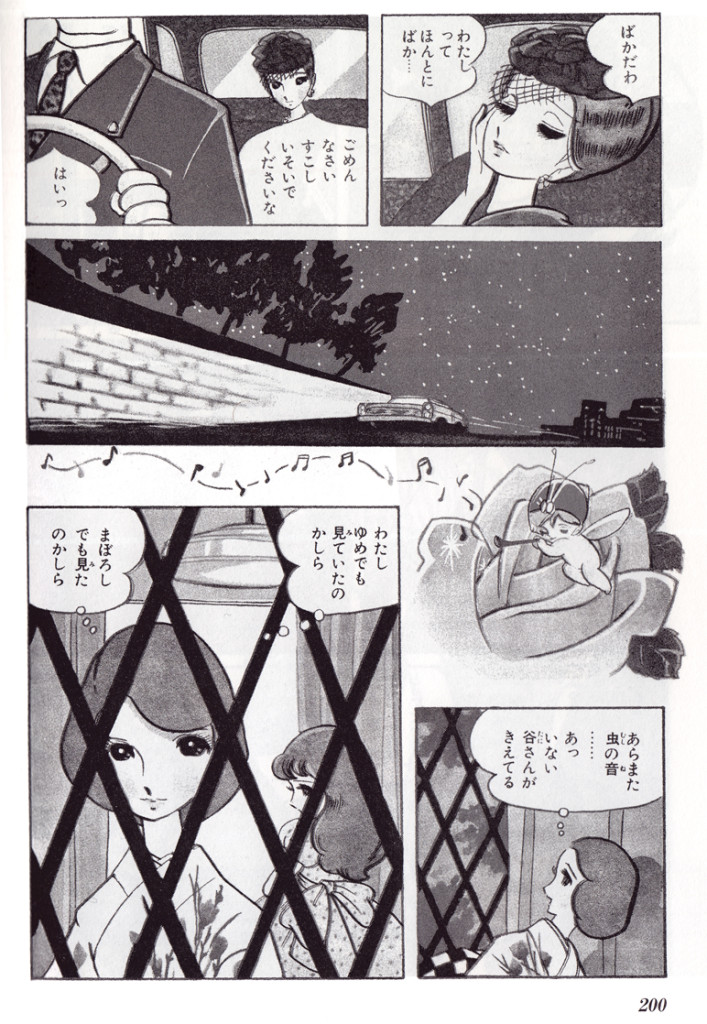
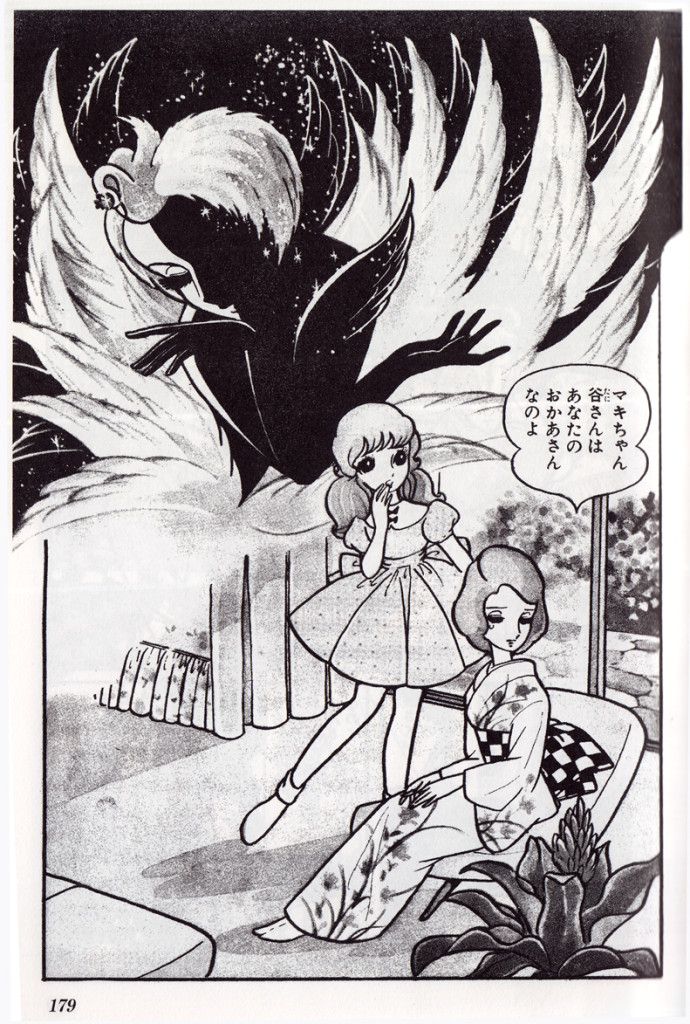
Leiji Matsumoto Matsumoto was a protegé of Tezuka’s. He worked in shÅjo manga before moving on to shonen and seinen in the late 1960s. His Midori no tenshi (Green Angel) (1959) combines science fiction, fantasy, and the Tezukean action-packed approach with hints of the ethereal, lyric style. 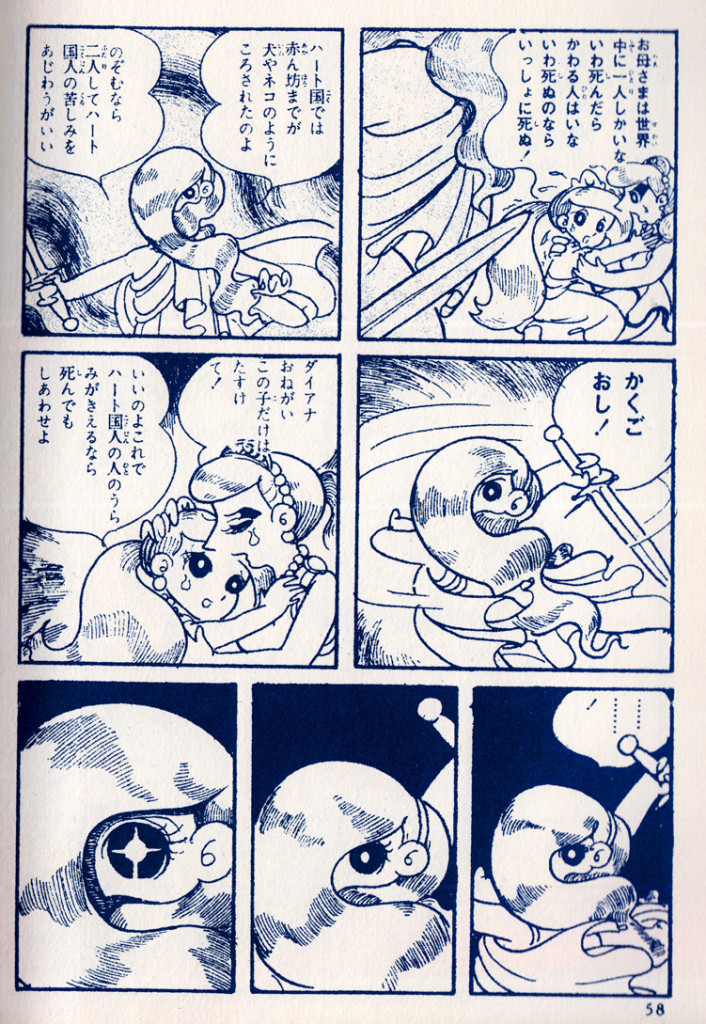
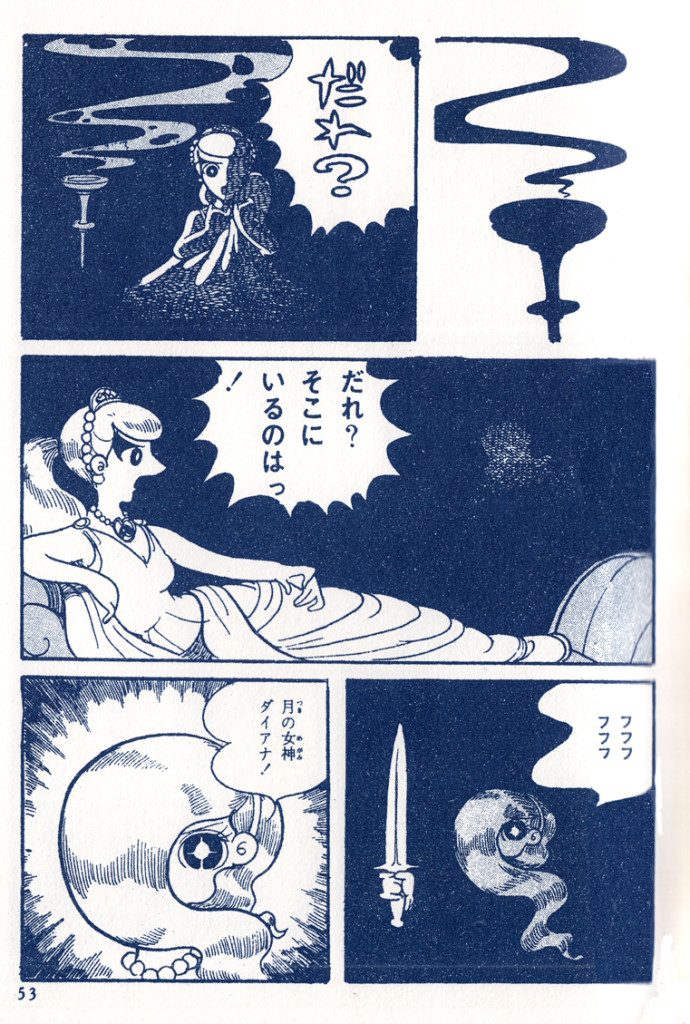
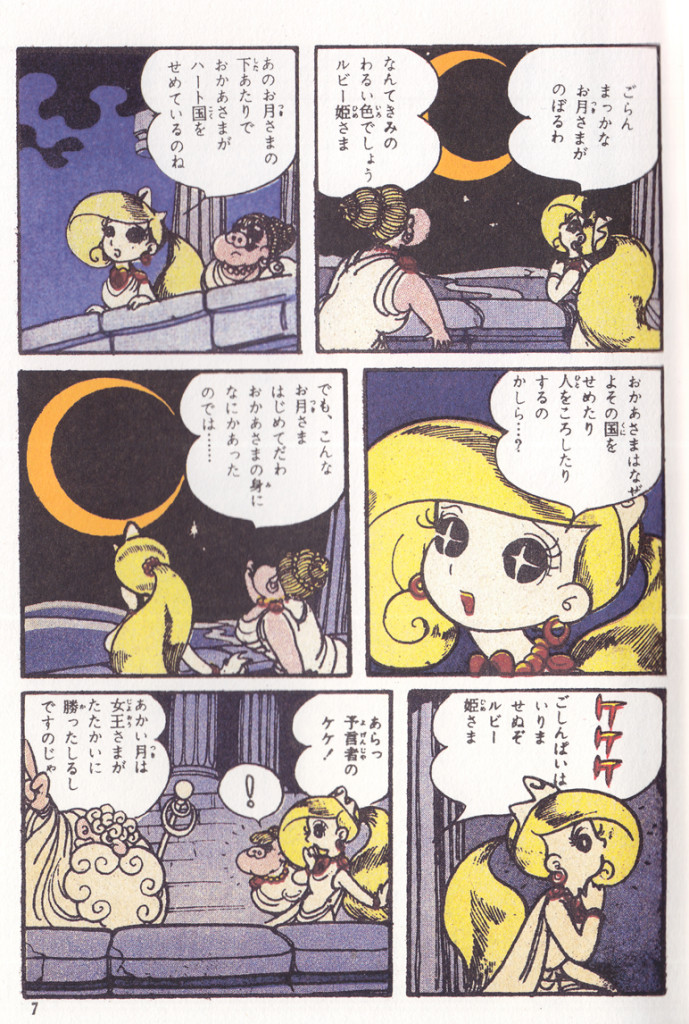
Hideko Mizuno Another of the early women manga creators, Mizuno was also a Tezuka protegé (she was the only woman to live for a time at the famed Tokiwa-so “manga apartment” in Tezuka’s building). By the end of the 1960s she would become one of the most important innovators in manga.

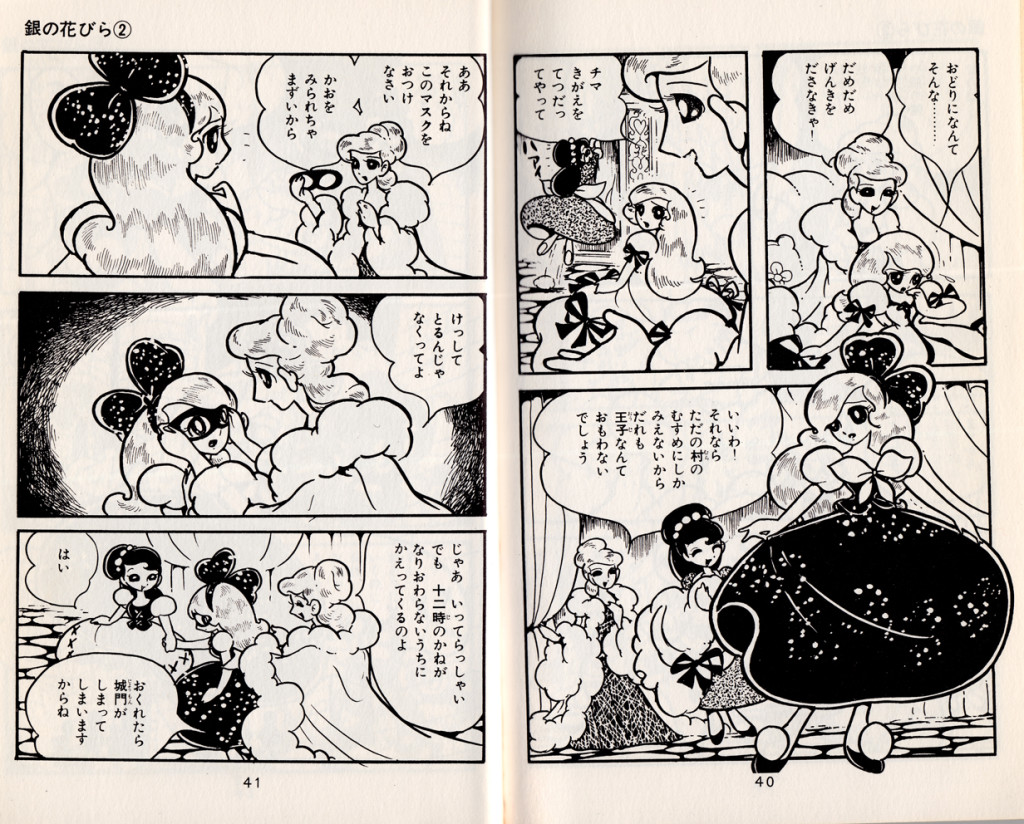
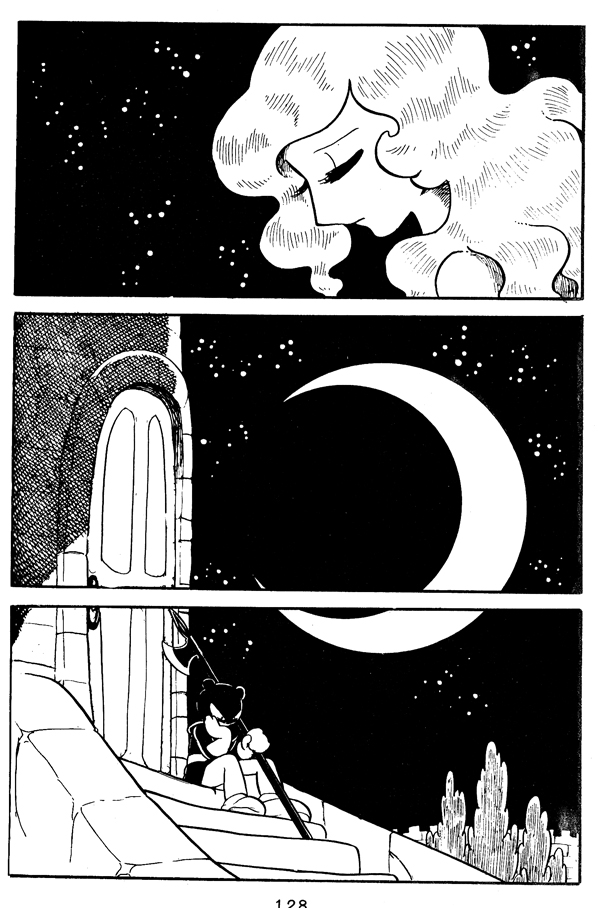
Though the majority of shÅjo creators of the ’50s and early ’60s were men, there was a considerable and growing number of women as well: Chieko Hokosawa
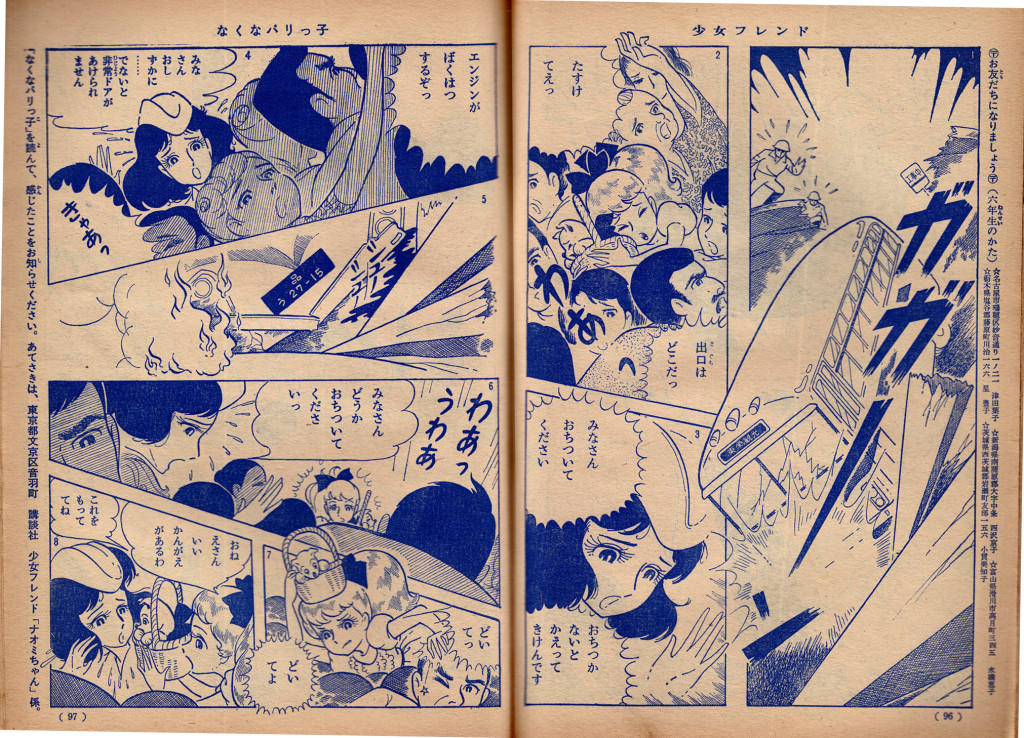
Setsuko Akamatsu
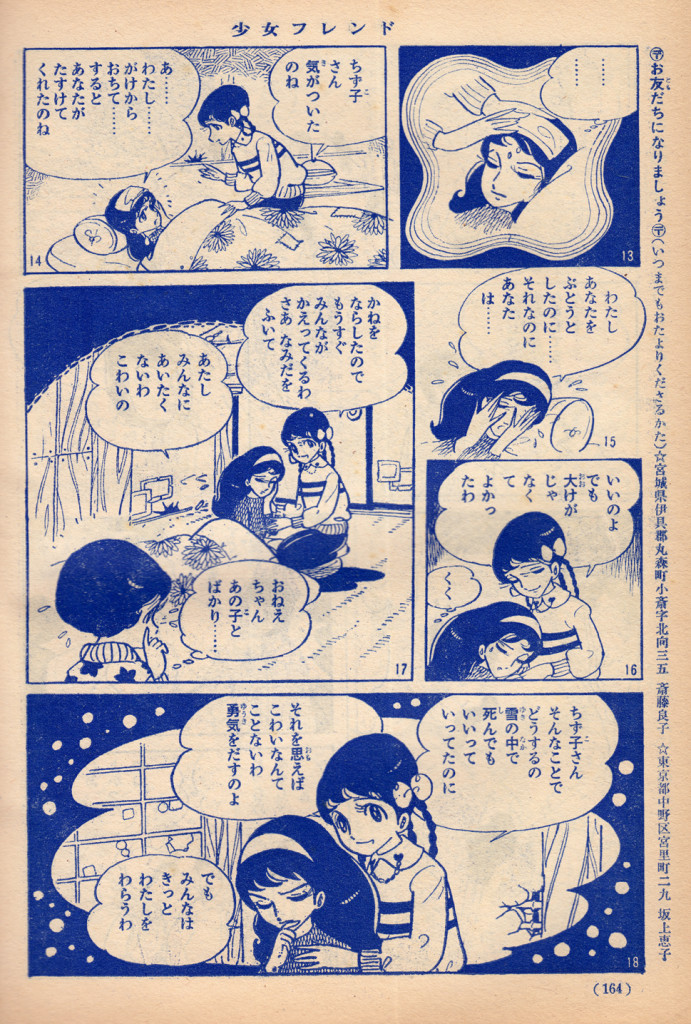
These and others (such as Toshiko Ueda, Yoko Imamura, Masako Watanabe, Yoshiko Nishitani) paved the way for the great period of shÅjo manga that would begin with the emergence in the early 1970s of the Year 24 Group, a generation of women artists, born in or around Showa year 24 (1949), who made use of the traditions of lyric illustration, shÅjo shosetsu, Takarazuka and Tezukean manga, in effecting a radical transformation of the entire medium.
NOTES: (1) Mizuki Takahashi, Opening the Closed World of Shojo Manga, Japanse Visual Culture (2) ibid (3) Karen Merveille. “La révolte du lys: une odyssée du yuri” in “Manga 10000 images: le manga au féminin”, Editions H, 2010 (my translation from French)
